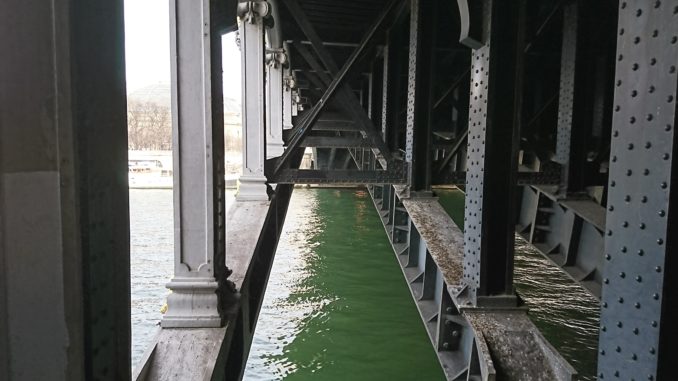
In La Tribune 10 juillet 2019
Iron ore is essential for carbon and stainless steels, most of which are produced in China, so Beijing is the explanation for the 2019 increase in iron ore prices. Compared to history, spot prices above $120 (higher than long-term contracts) remain moderate, about half as high as in 2007-2008. Nevertheless, the very serious National Reform and Development Commission, which manages the country’s strategic stocks, is investigating to temper prices.
In Brazil, the dramatic accident at the Brumadinho dam, then the threats at the Brucutu site and others have certainly reduced world production, by less than 3%; certainly, the weather has not been favourable to Australian mines, but these two phenomena are the surface of pricing, truth is elsewhere…
The increase in iron ore demand in China, illustrated by a decline in stocks in Chinese ports – also only a symptom- although it is linked to the core of the problem: the restructuring of the steel sector by Beijing. As we all know, the latter continues to restructure industries to reduce air pollution. Autumn and winter steel production, which is very harmful, will continue to be limited by the authorities; and zombie steel mills will continue to close even though they are supported by regional governments.
As a result, steel retailers, whose stocks are generally at their highest in March and lowest at the end of the year, are changing their habits in 2019 and advancing their orders. In fact, in an unusual way compared to the past, but probably normal compared to the future, a few months in advance they started storing steel for the 2020 season. Therefore, on an annualized basis, Chinese steel production is now seen as a boom, above a million tons, and simultaneously steel prices are falling sharply. In the wedge between iron ore and steel prices, steelmakers are not doing well.
Naturally these changes are disruptive, and other reforms are disturbing: the Chinese government also encourages local production of iron ore as an import substitution, and promotes steel production in a circular economy to reduce the consumption of natural resources. There are objections to the whole, and there will probably be tensions and even incidents.
That is why the NCRD took the lead and began an investigation, where the results will be most rapid, by looking into possible speculation on the prices of imported materials. Everyone will remember the 2009 survey on the same iron ore. It caused a drop in prices and ended in a trial with heavy imprisonment of intermediaries. Curiously, in recent days, iron prices have begun to fall, to follow.